During 2020, we all found ourselves somewhat limited in our ability to pursue our “usual” schedule of activities. Travel was limited, and for Katherine and I, a continuation of long-distance hiking projects in Europe had to be put on hold. Although we could do several interesting hikes in Washington, Oregon, and several long-distance tours with the old ALF Speedsters in Colorado and down the Pacific Coast Highway, we found ourselves with a considerable amount of the year spent closer to our home on Whidbey Island.
Our solution to this dilemma took several forms. First, we began a series of musical concerts at our home. (I saved video from one of those concerts as COVID CONCERT, in this Blog.)
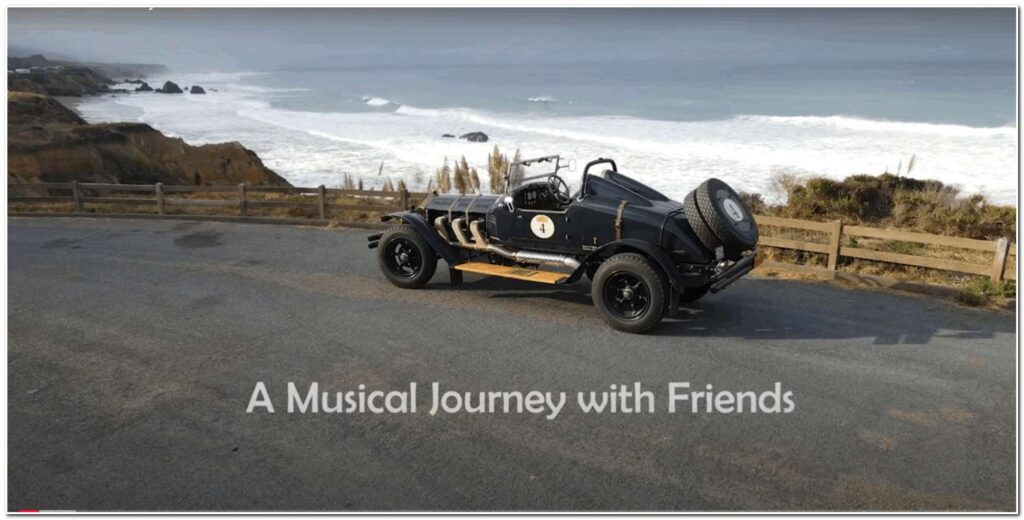
In addition to the Covid Concerts, I thought this would be a good time to develop an “artistic” compendium of the most significant Arctic Expeditions I was fortunate enough to be involved with during the 1970s and 80s. The first result was a two-volume, large-format set of books outlining these expeditions and displaying what I thought were the most compelling images.
I have already copied those books to my website for my followers to see. They are named:
Arctic Exploration in the Years 1978, 1980, 1981 and 1982
Volume 1 and Volume 2
They are available here. I hope you enjoy them.
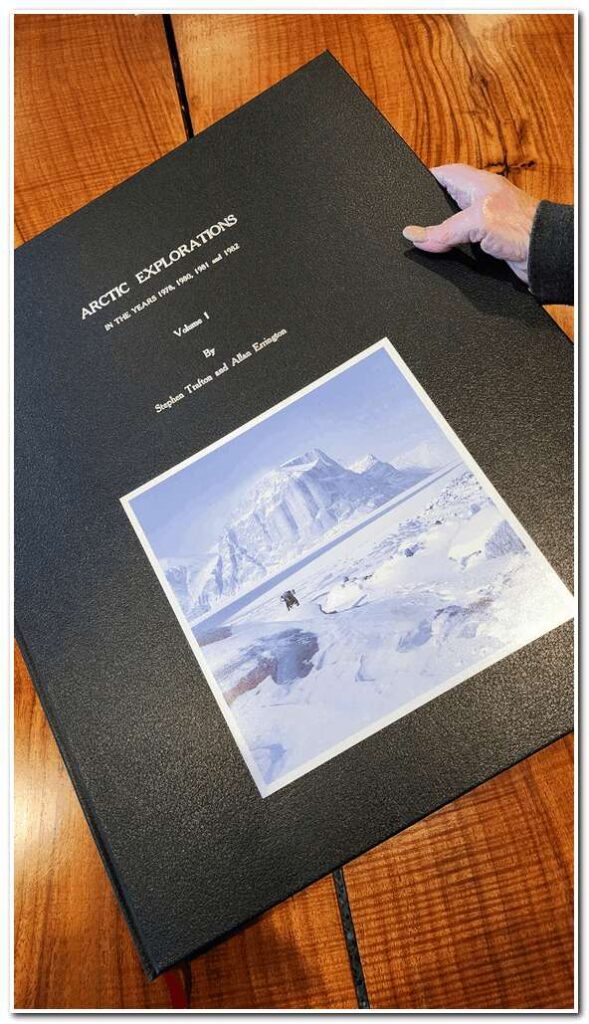

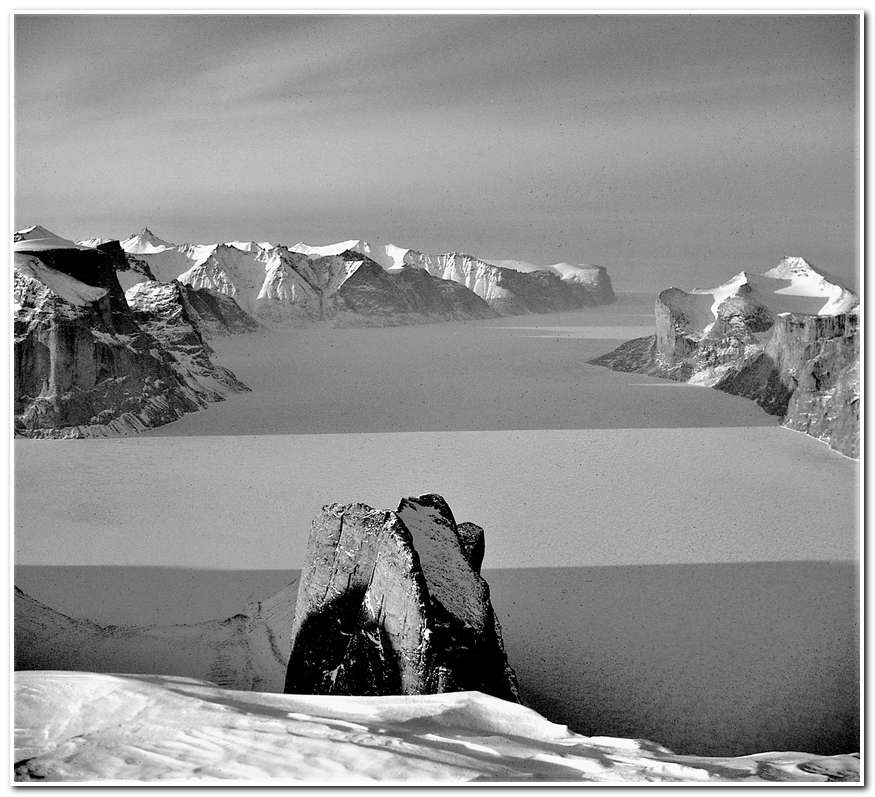
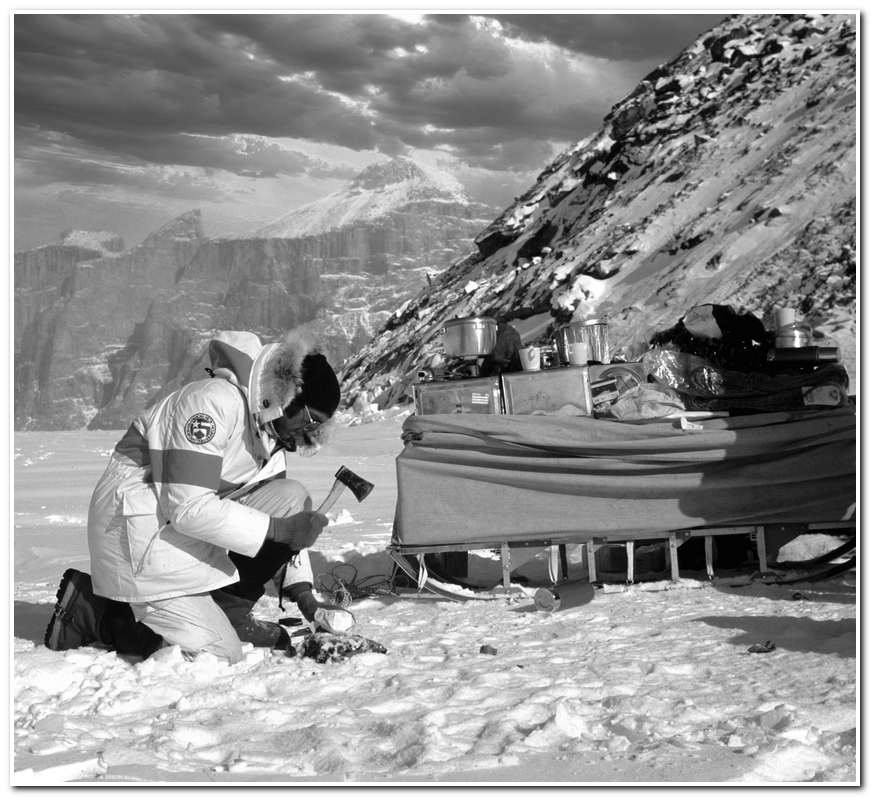

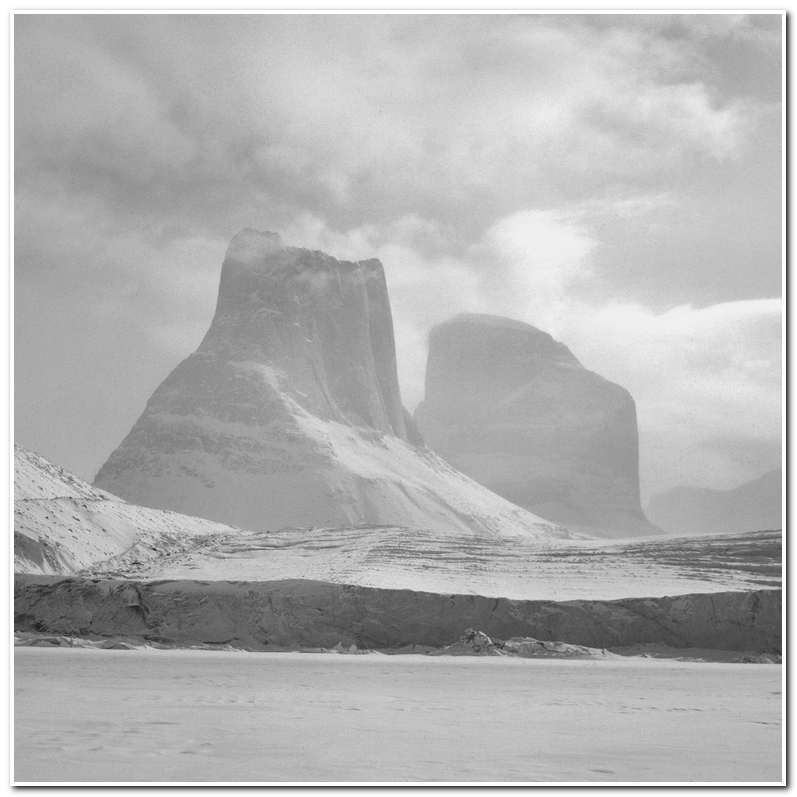
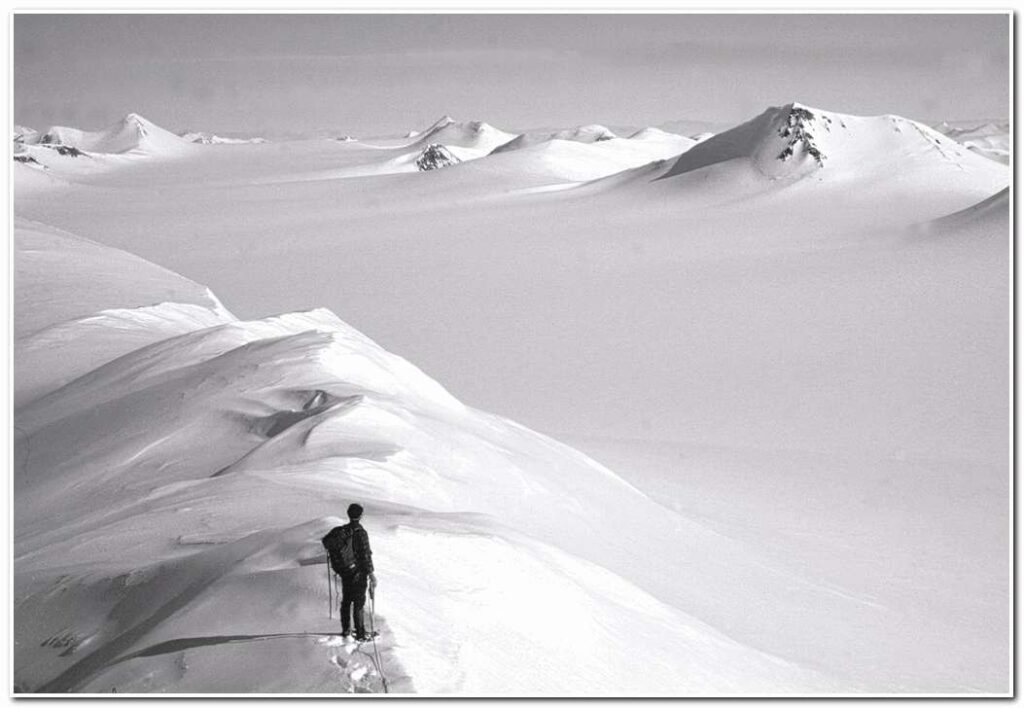
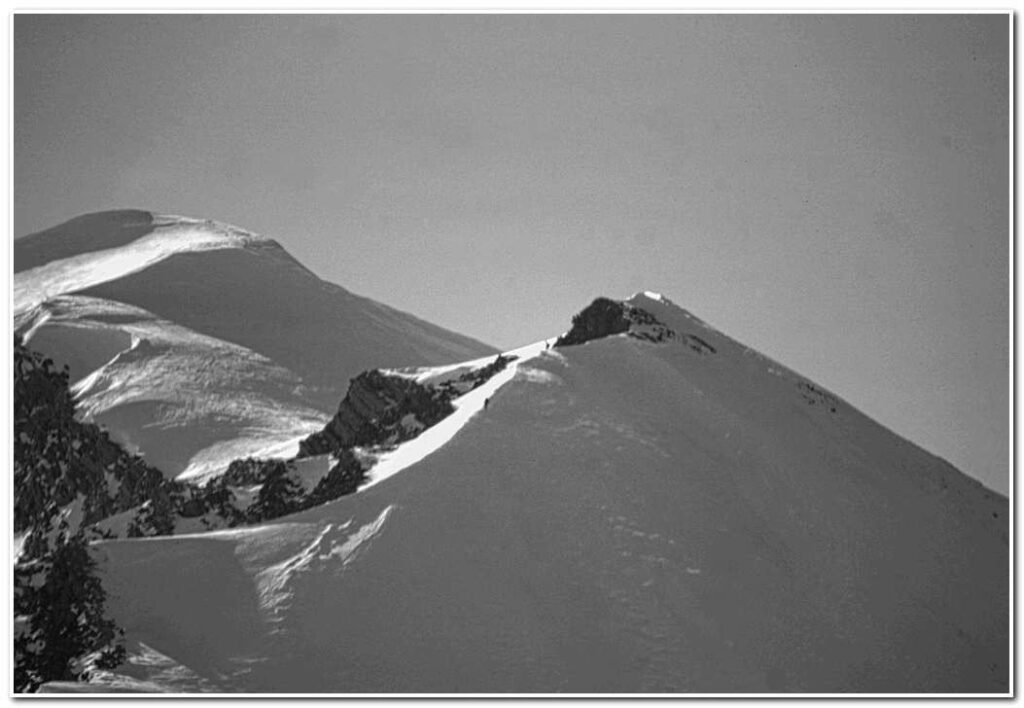
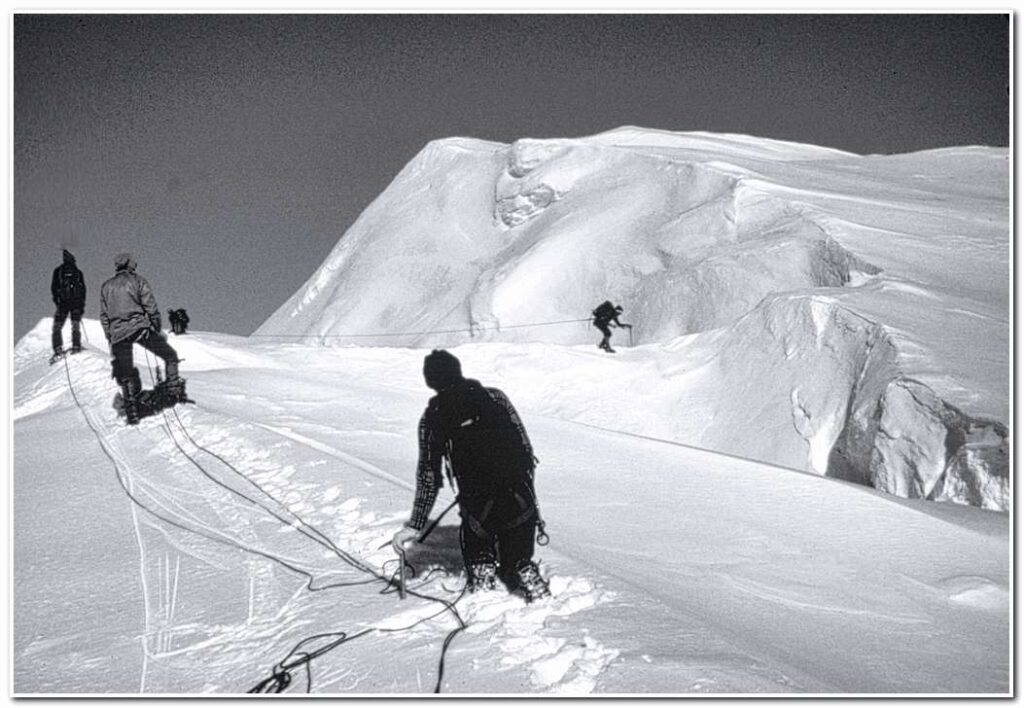
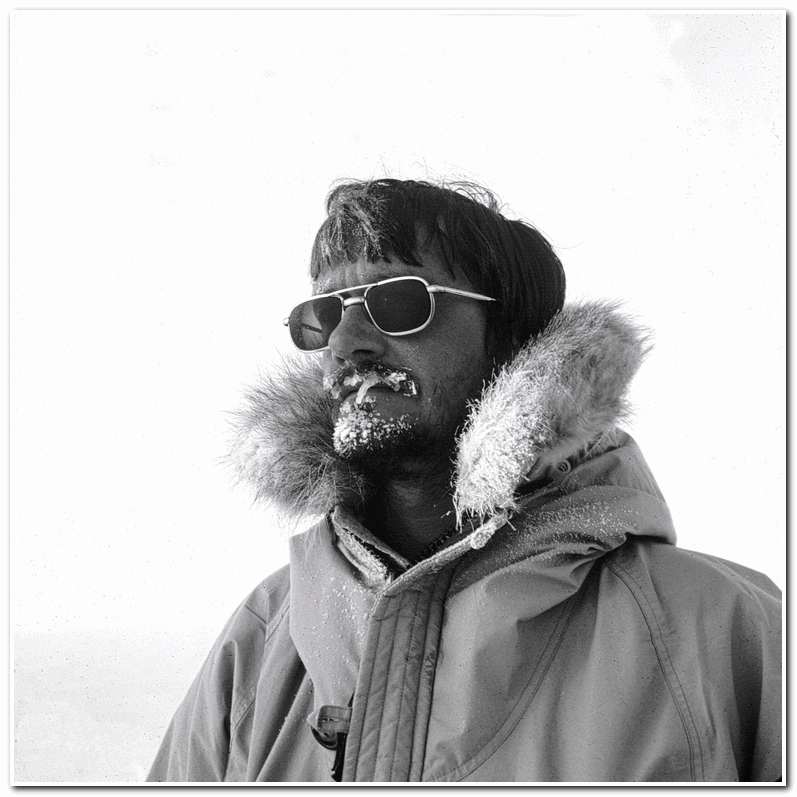
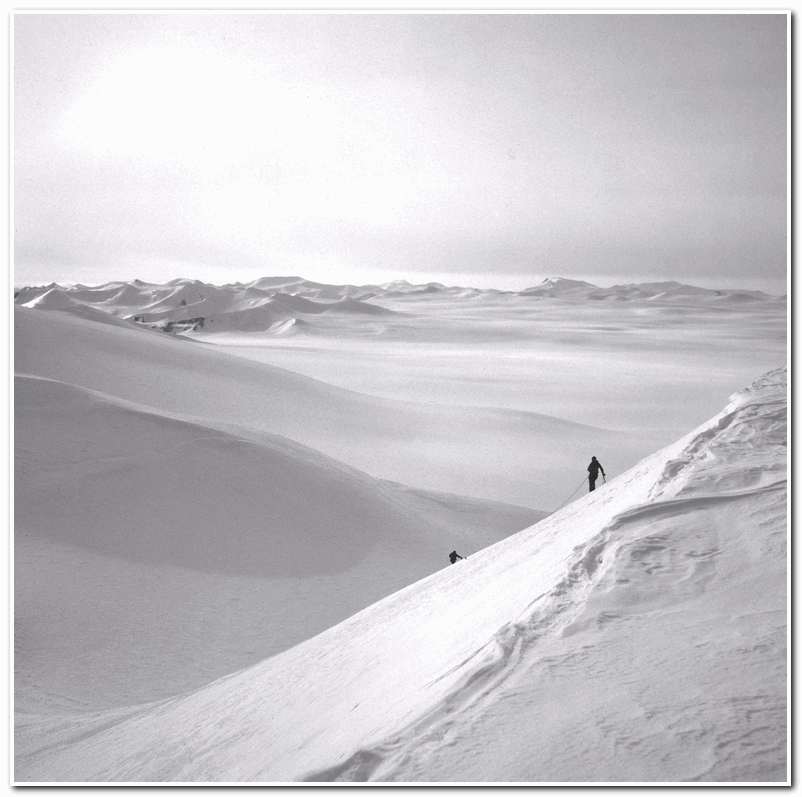
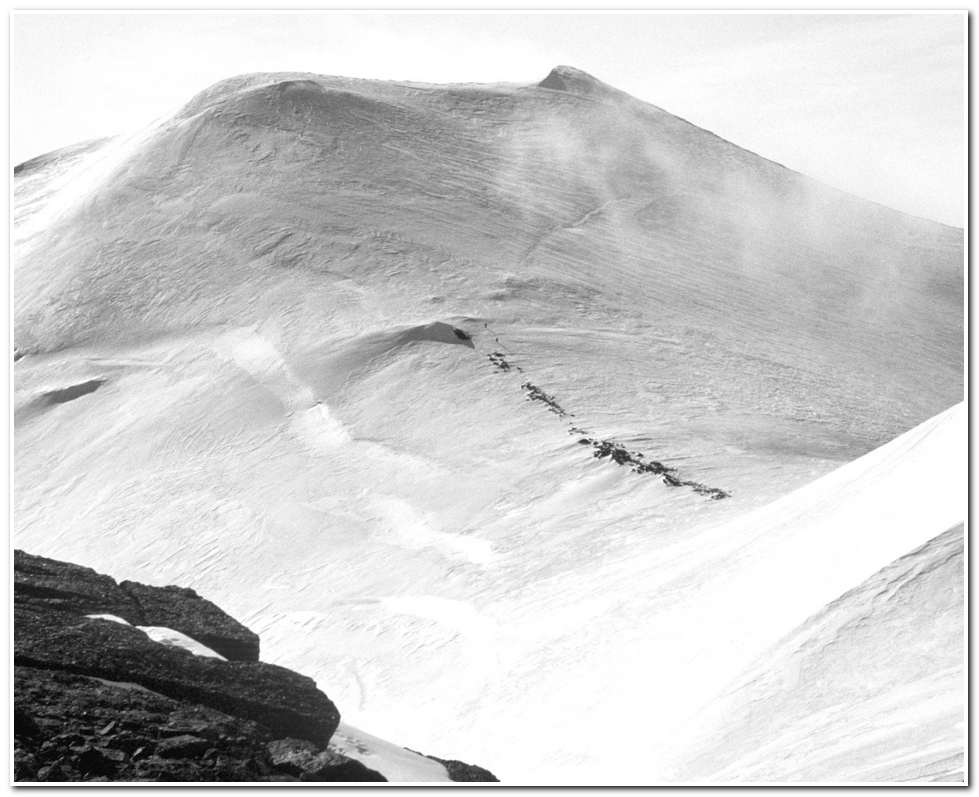
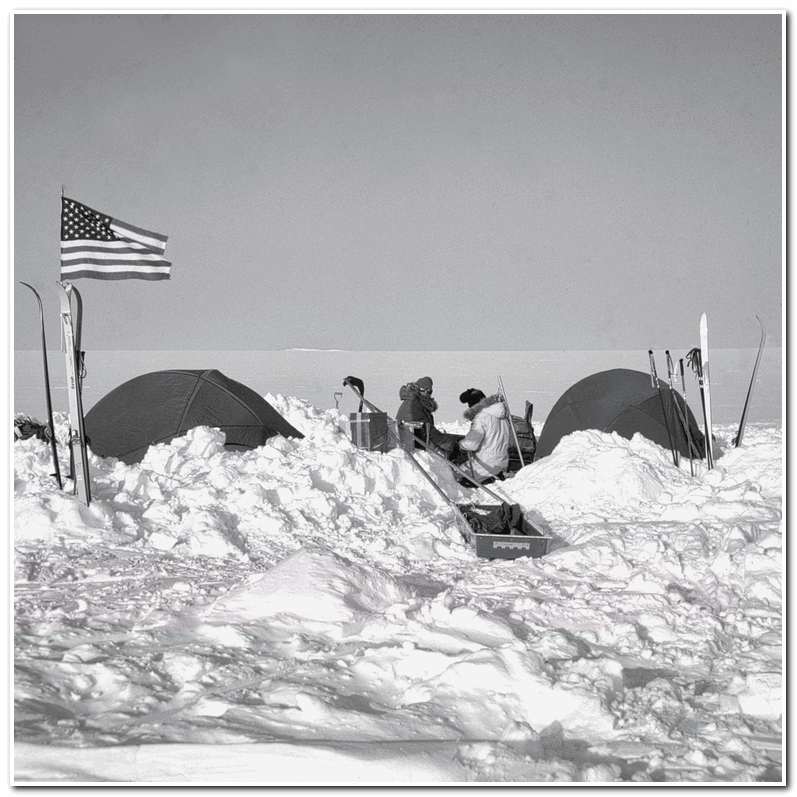

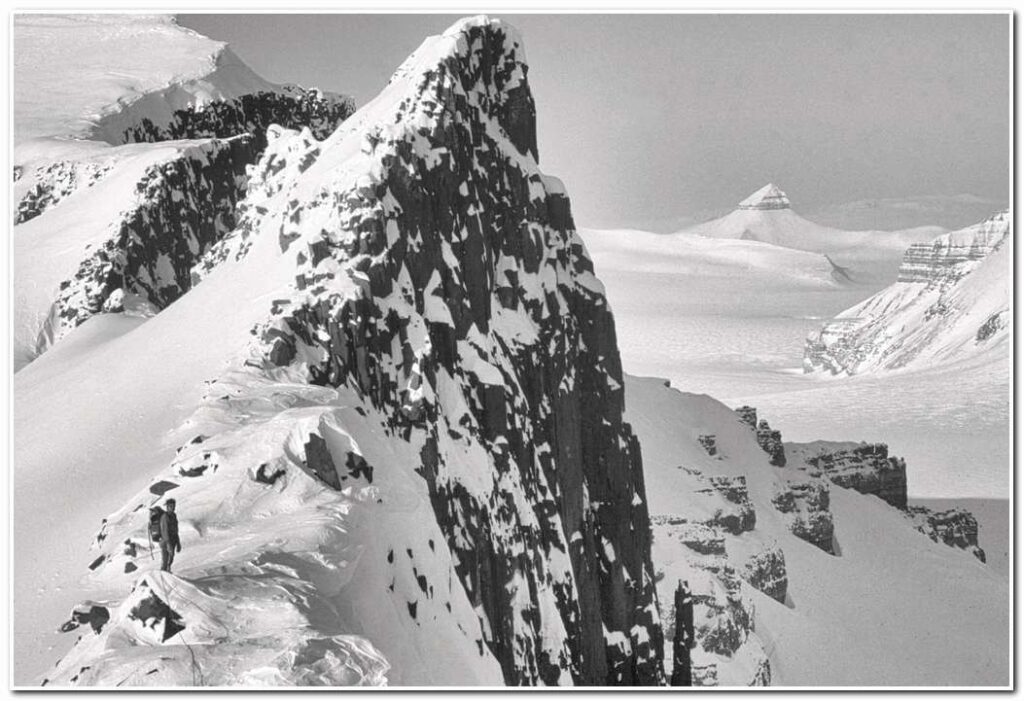


The next project which is called Swiss Alpine Hut Hikes in the Mattertal and Val d’Anniviers was one that I had often thought about, but I needed more time to undertake. I wanted to develop a large-format pictorial guide to the best alpine hikes in the Swiss Mattertal and Val d’Anniviers. The hikes described in the book range in severity from easy to difficult. I recommend anyone interested in hiking in the Alps consider any or all of these for their to-do list. This is a new entry to my site and is available here.
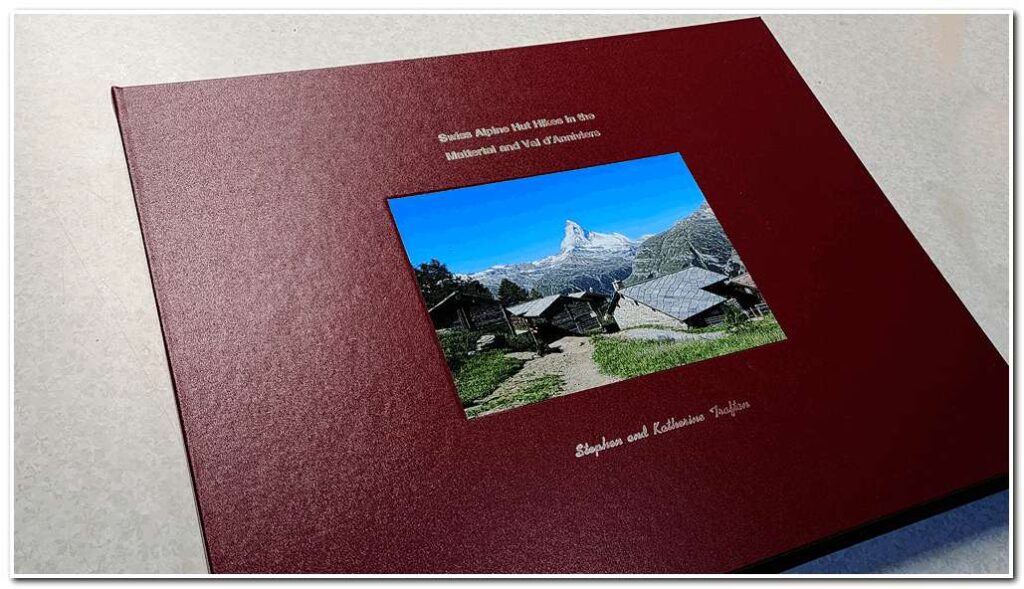
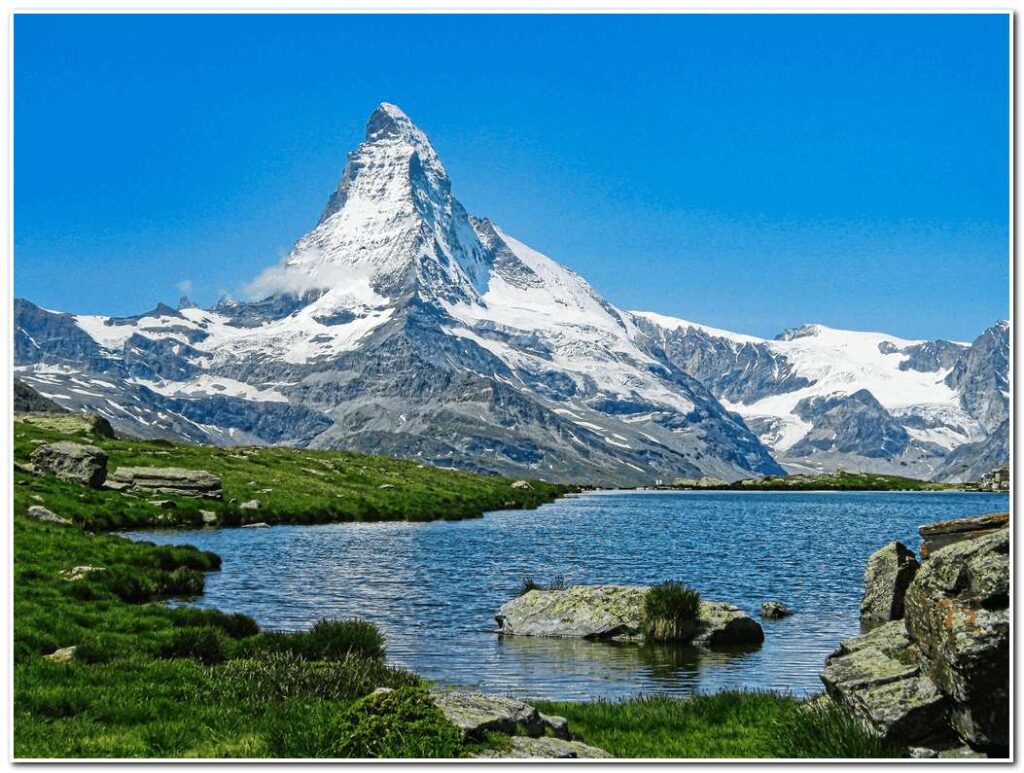
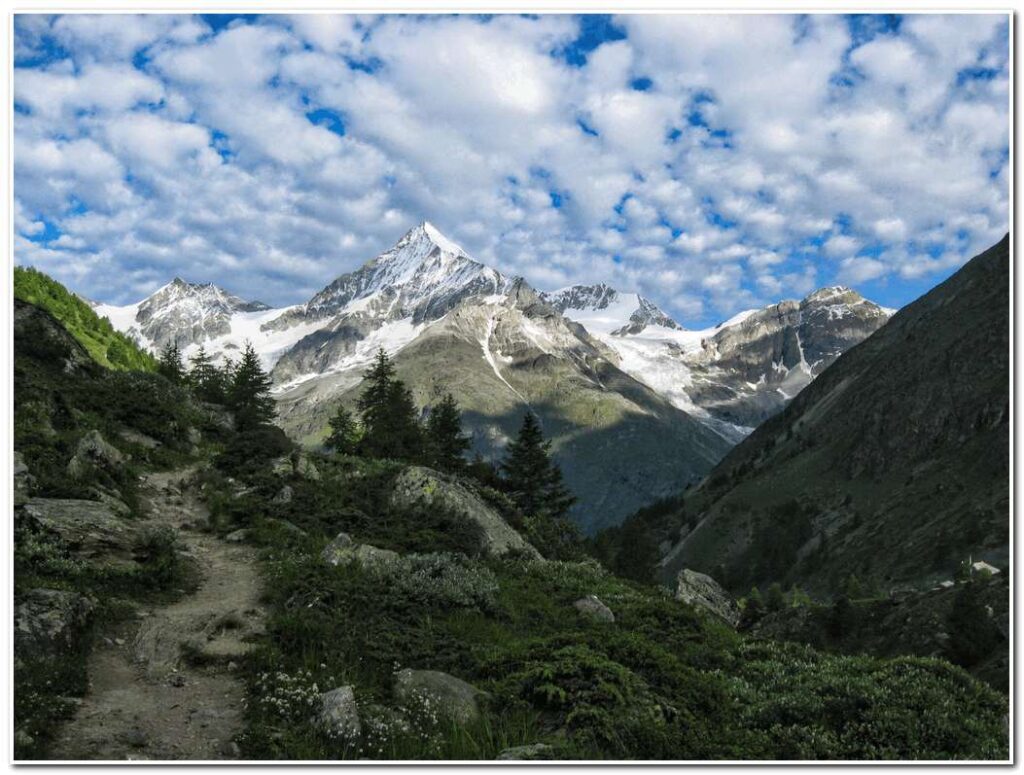
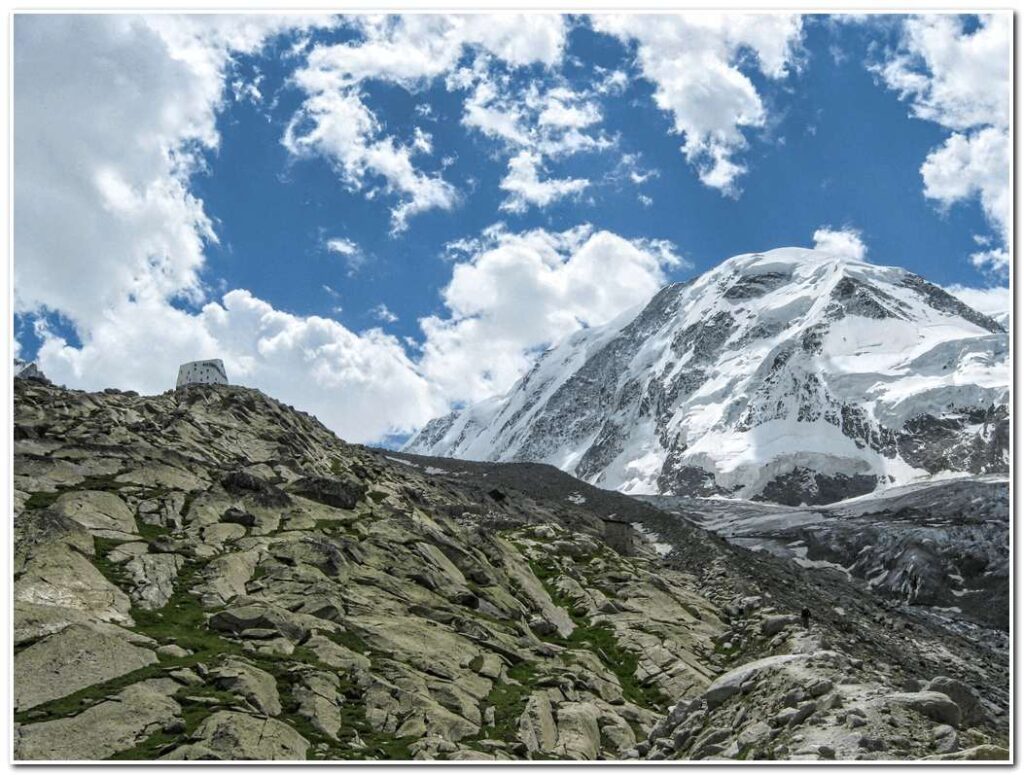
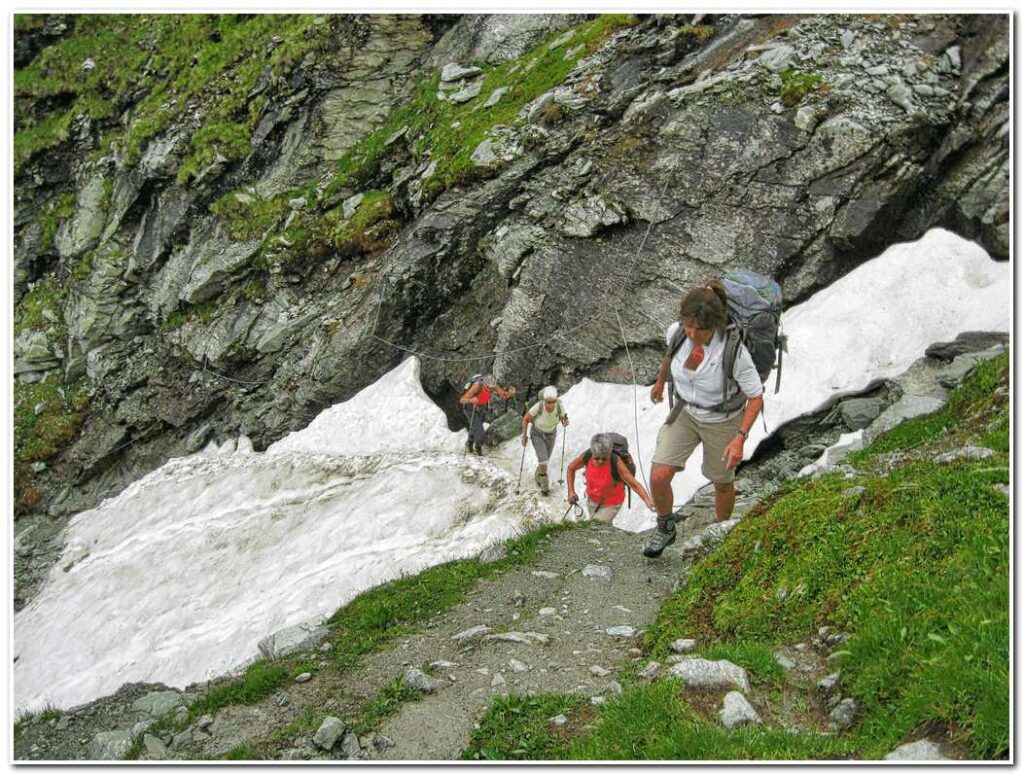
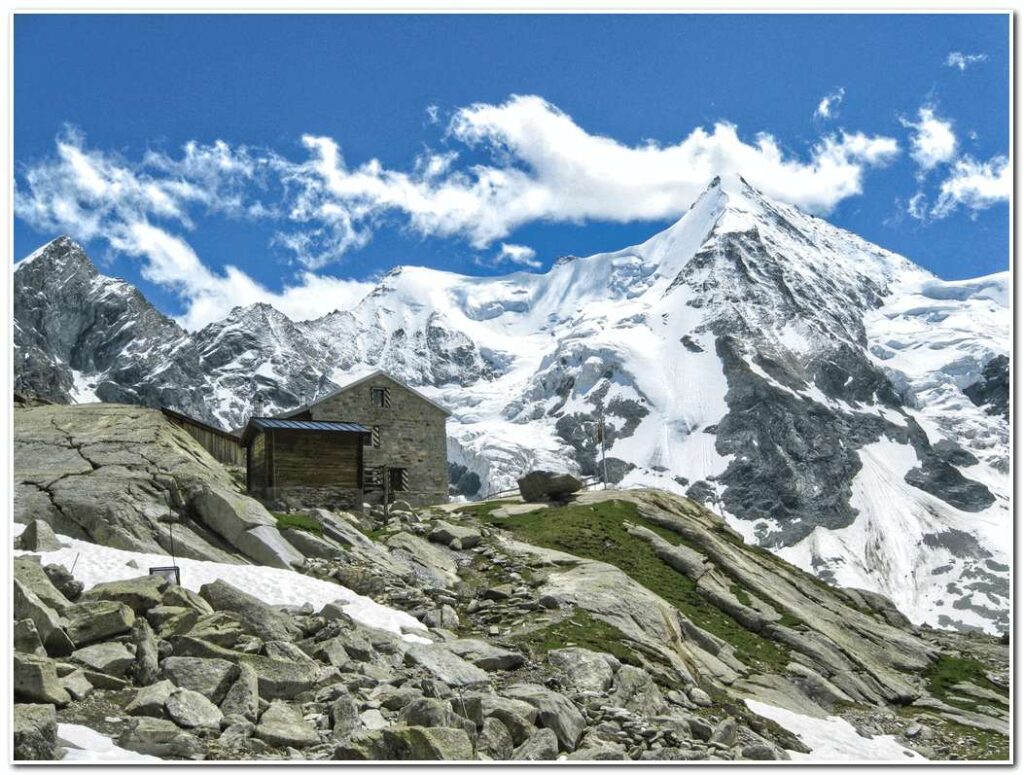
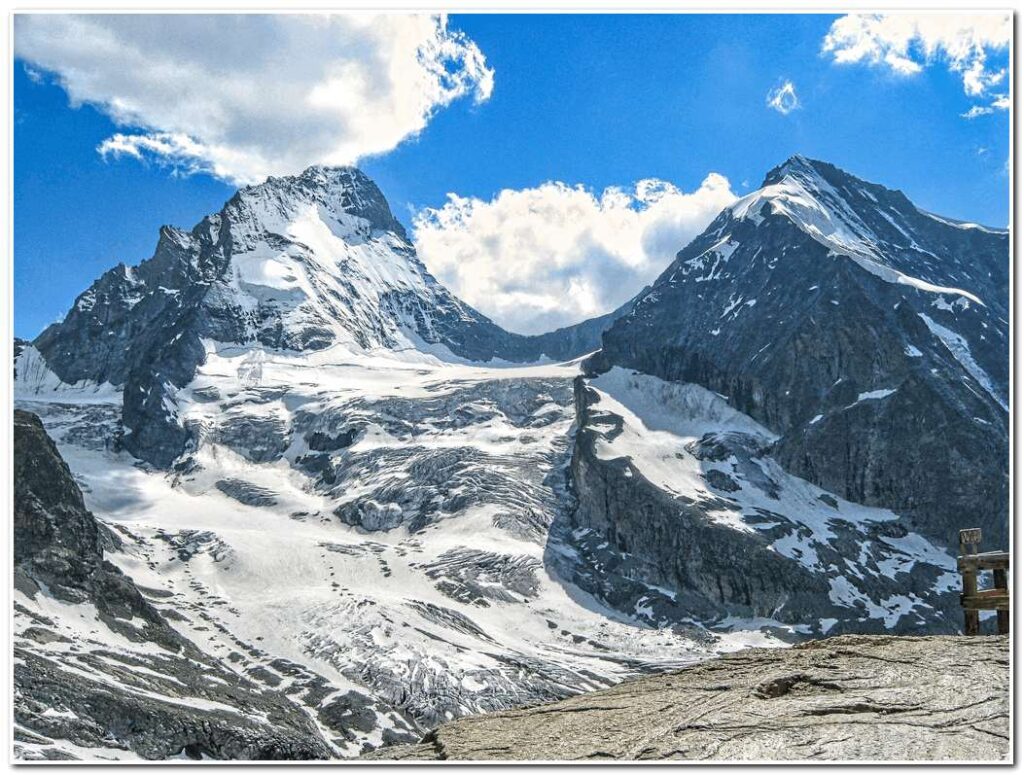
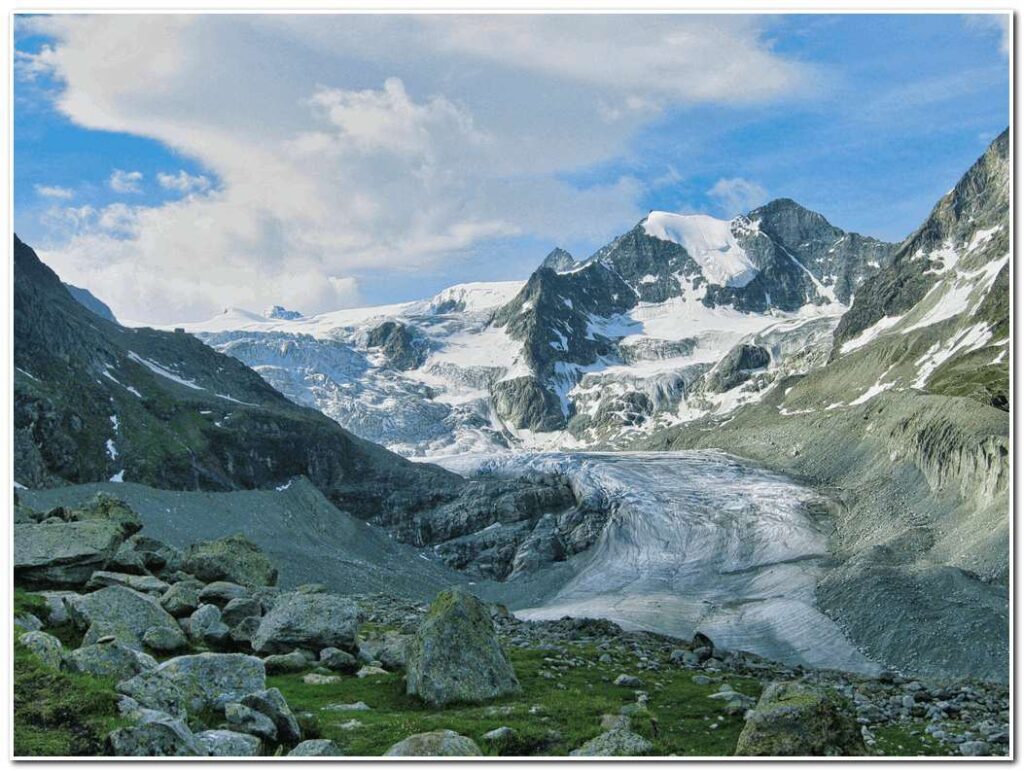

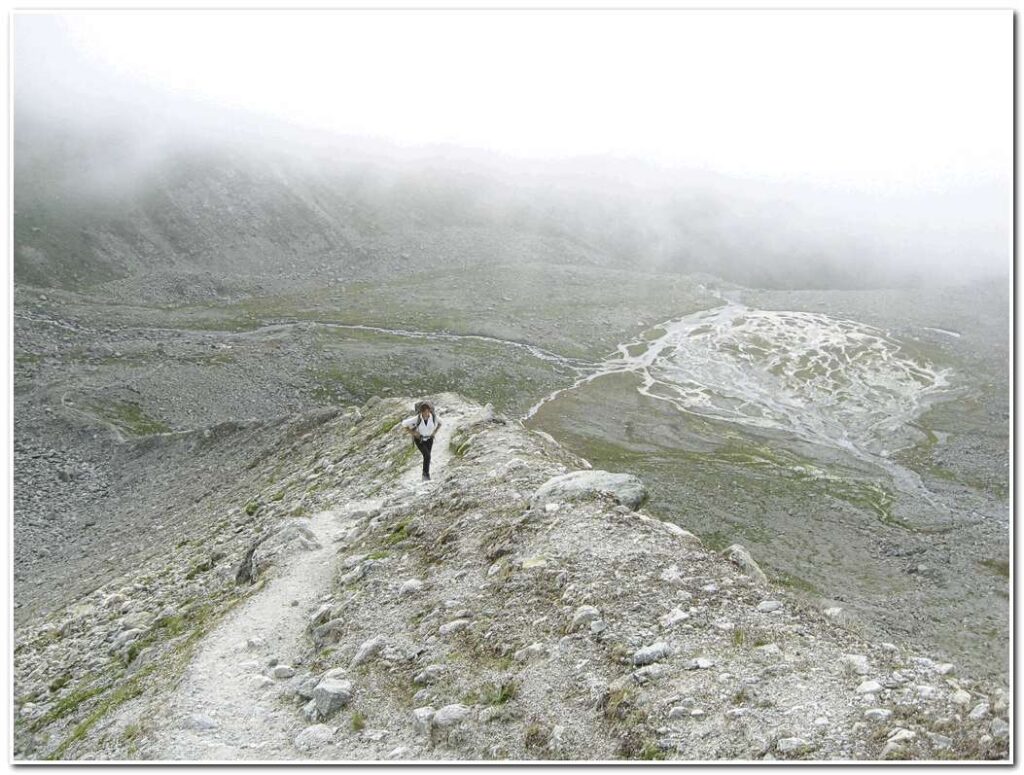
The third and current photo-journalistic endeavor I have wanted to do for a long time is now underway.
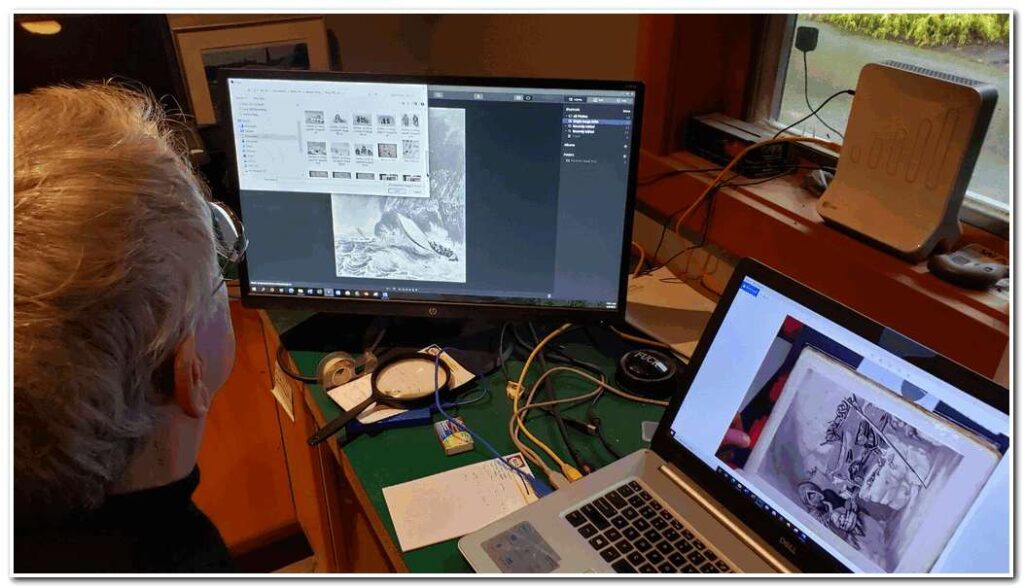
For the last 50 years, I have been an avid collector of First Edition Arctic and Antarctic Exploration Journals. These include Journals dating from as early as 1802 through the 1920s. A large portion of the collection encompasses the British quest to discover a Northwest Passage.
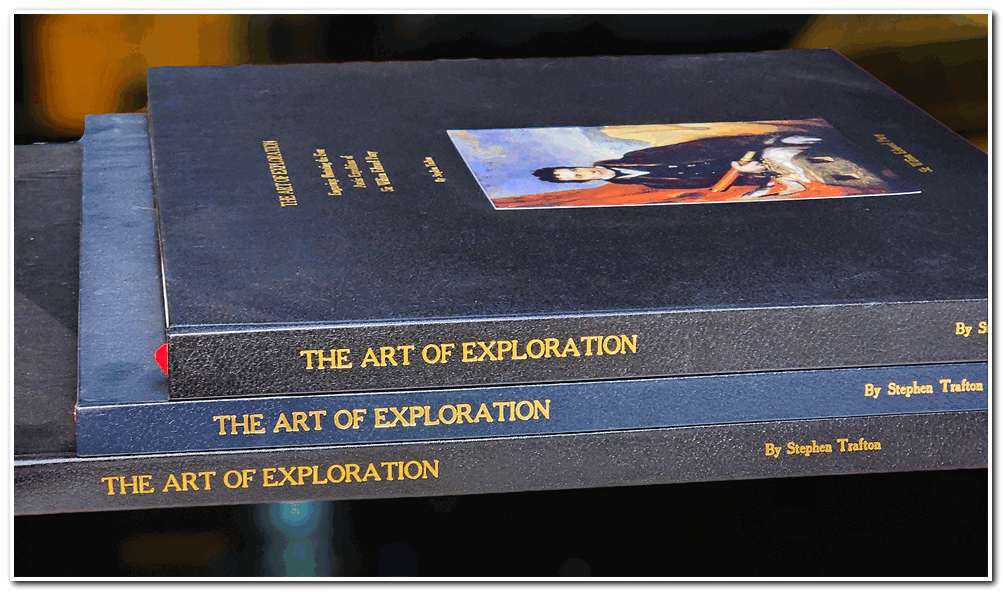
One of the things that makes these books so compelling is the engravings made from drawings by expedition members and included as dramatic visual documentation of these explorations.

Therefore, I have undertaken a project to photograph and refresh these 170 to 200-year-old published engravings and display them in a large-format book.
The first volume, which I hope to complete by April 2025, will be devoted to the four expeditions of Captain William Edward Parry:
Journal of a Voyage for the
Discovery of a North-West Passage
from the Atlantic to the Pacific
1819-20
Journal of a Second Voyage
for the Discovery of a
North-West Passage from the
Atlantic to the Pacific
1821-23
Journal of a Third Voyage
for the Discovery of a
North-West Passage from the
Atlantic to the Pacific
1824-25
and
Narrative of an Attempt
to Reach the North Pole
1827
This book, in particular, has a special meaning to me because Parry reached a latitude of 82 N, which I was also fortunate to achieve on our 1982 Expedition to the British Empire Mountain Range on northern Ellesmere Island.
As a technical side note, this project involves several steps:
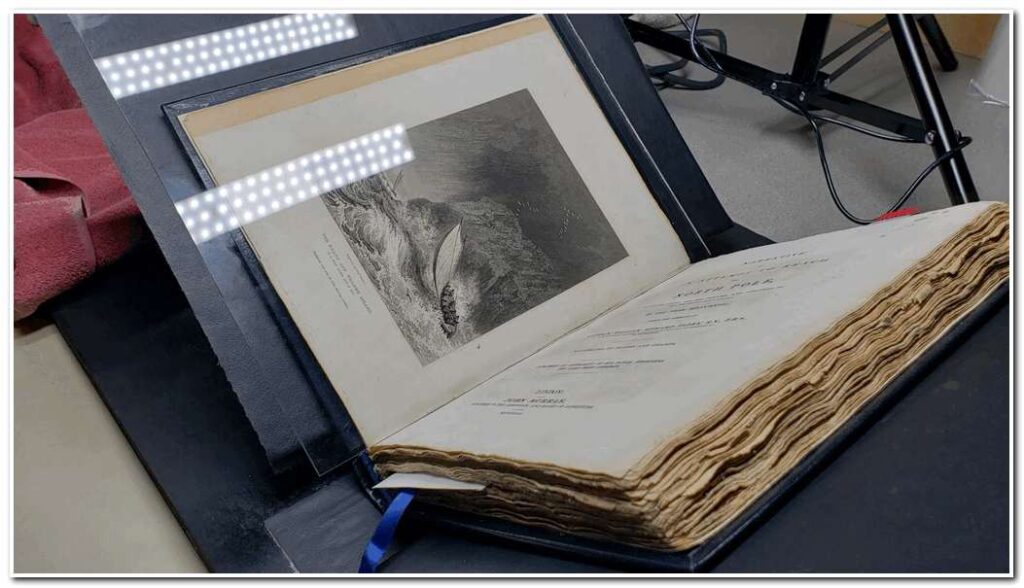
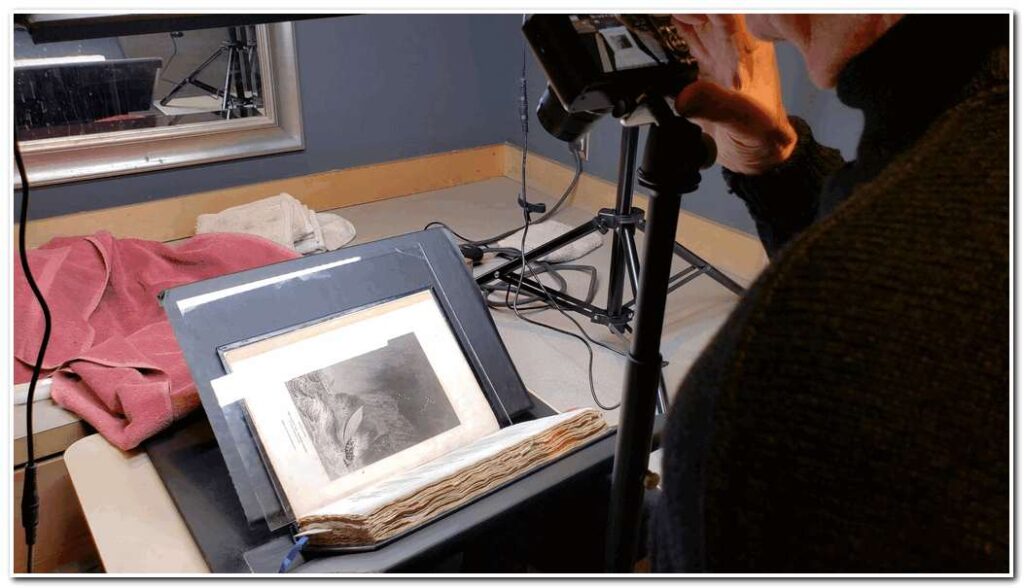
2. Process the digital images. I use an excellent photo processing program called Luminar NEO, which allows me to restore engravings digitally by correcting visual imperfections.

3. Insert the photo file into a Word document formatted to an 18h x 22w page, add the original captions in the original font, and test print for correct lighting.
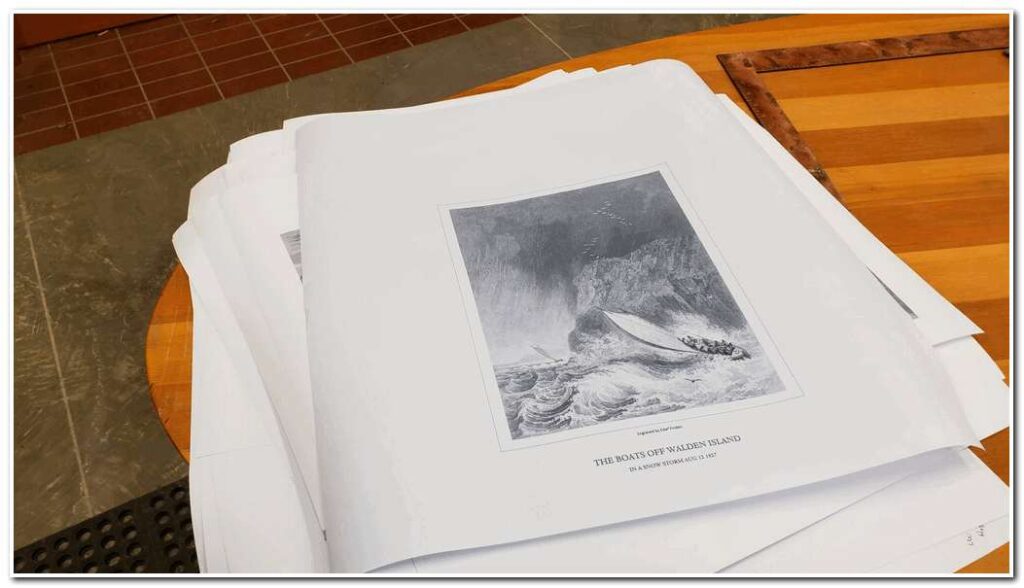
4. Write a short history of each expedition and develop maps to aid in understanding the context of the engravings.
5. Write an introduction on the history of the engraving process and its use in early 19th-century travel publications.
While there is no profit incentive for this obscure endeavor, I hope visitors to this website will enjoy the Art of Exploration.
